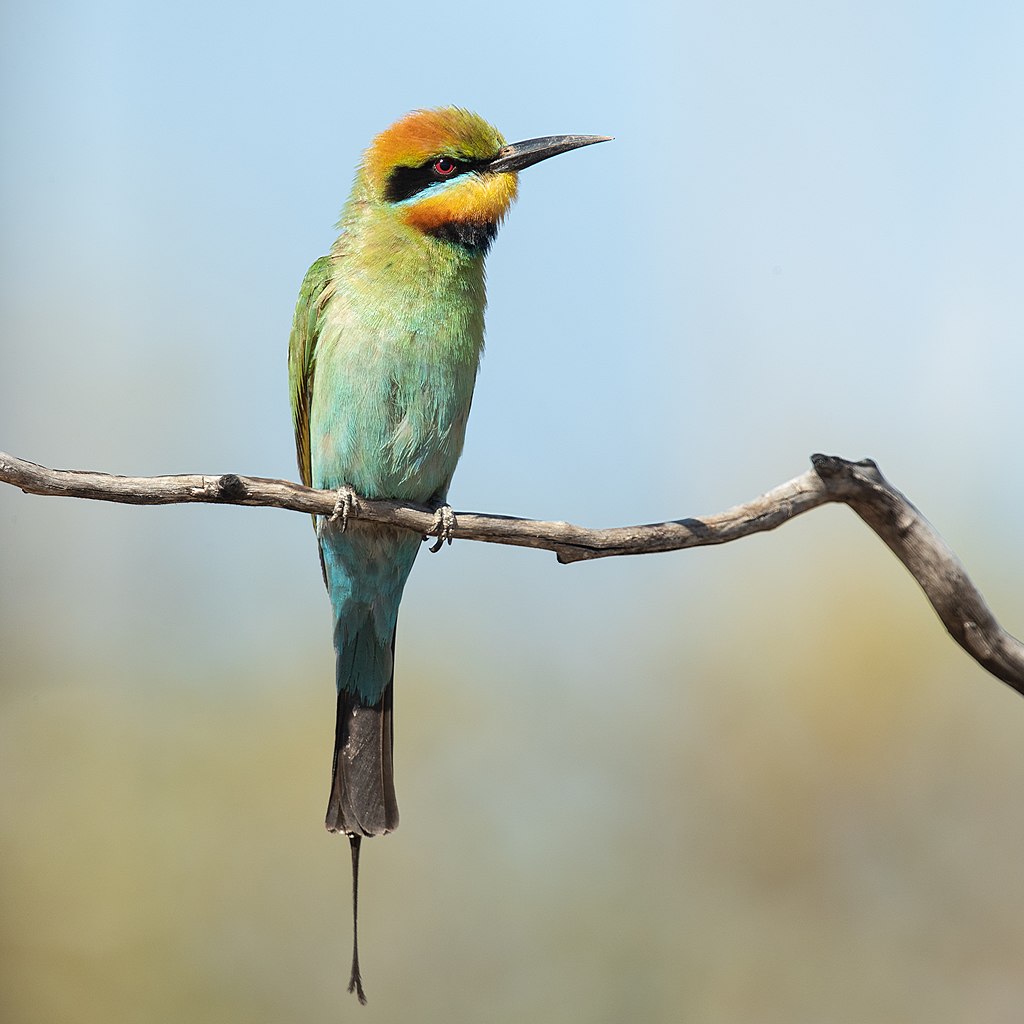After this long dry Spring and Summer, we are about to enter Gwangal moronn season, great to have two evenings of unexpected rainfall and dramatic thunderstorms this week.
Autumn, late March-May: honey bee season
Warm, still days, country starts to cool, cooler mornings, red sunrises and golden evenings
Exclosure working bee and walk on Saturday 12 April from 9-11am for working bee, 11am-12.30pm for morning tea and walk.
Come along for whatever element of the activity suits you and we especially welcome experienced exclosure builders for the working bee as well as those wanting to learn. We will meet at Greg Burgess and Tanya Coburn’s landholding on the west side of the Black Range.
Please email the BRLMG secretary to RSVP and for location details. Also, please be in contact if you are interested in an exclosure on your landholding in future.

Sat 17 May 2025, 3 - 5.30pm
Walk an area of recent cool Cultural Burning, discuss recent fire research over afternoon tea around a fire, maybe end with a drink.
Three landholders will share reflections on recent publications on fire and climate change, to invite discussion on the prospects of fire and future in the Black Range.
Read one of the below publications yourself if you fancy, or maybe bring a preferably unburnt cake, or just dodge the hot coals.
Some of the readings to be discussed include:
Mark Farrer has prepared a Black Range Invasive Plant and Animal Management Plan 2023-2028 available on the website. If you would like one, you can receive a hard copy of this plan, please contact us.
If you need assistance with managing invasive plants and animals on your landholding, please email us to advise the animals and plants of concern on your landholding. We also welcome any questions.
There are lots of helpful documents on our website. If you haven't explored it already, you can find out more about local fauna, flora and weeds in the Black Range Information and Management Guide developed by the BRLMG in 2003. Browse the full resources available here.
Look out for this weed and other mulleins sprouting in the autumn and pull them out before the long tap root gets established.
Autumn is also a good time to remove St John’s wort if you have it on your landholding. Check the link for management practices.
You might still glimpse the Rainbow bee-eater, with its colourful beauty and spectacular aerobatics in pursuit of insects, before these delightful little birds prepare to head north for the winter, after nesting in the south over summer.

On the western side of the range, we have seen plenty of Peaceful doves with what I hear as their characteristic ‘vol-au-vent’ call, elsewhere described as ‘doodle doo’ and even ‘coo luk’. Choose or make up your own bird call description…
If you’re keen to investigate bird calls in your area, you can borrow one of our Birdweather PUC devices which use AI assisted learning to identify bird calls and learn about your local population. Contact us to organise a loan.
We look forward to seeing you this season at one of our activities.
Tanya Coburn for the BRLMG committee